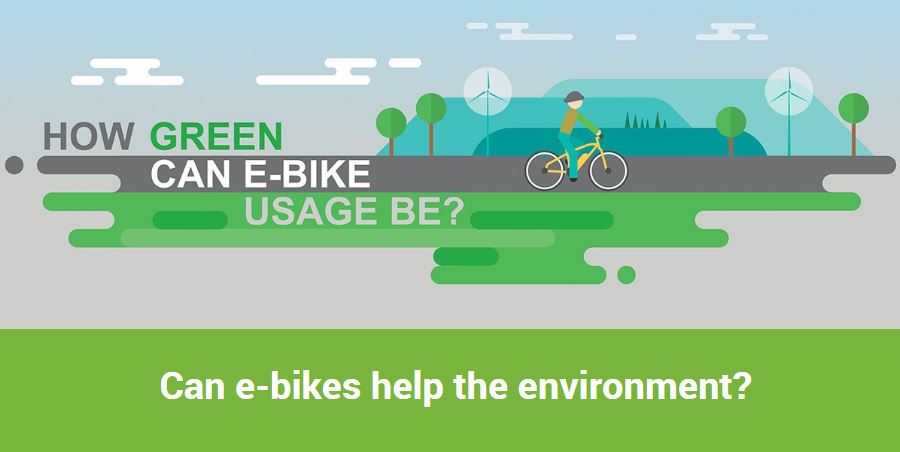An Introductory Overview Of E-Bike Legislation And Standards In Your City
An Introductory Overview Of E-Bike Legislation And Standards In Your City
Blog Article
Developed By-Perkins Thompson
Before you hop on your e-bike and struck the streets, it's crucial to recognize the legislations and policies that regulate your city. From rate limits to designated riding locations, there's a whole lot to think about to ensure you're certified and safe. By acquainting on your own with the regulations specific to e-bikes, you'll be better geared up to enjoy your experiences without any unanticipated lawful problems. Keep tuned to discover vital understandings that will certainly assist you navigate the e-bike landscape in your city flawlessly.
Understanding E-Bike Classification
When it concerns browsing the realm of e-bike legislations and guidelines, a vital starting factor is understanding the classification system that categorizes these electrical bikes. E-bikes are commonly classified into three primary categories: Course 1, Course 2, and Class 3.
Course 1 e-bikes are pedal-assist only, suggesting they offer support while the motorcyclist is pedaling and have a maximum speed of 20 mph. These bikes are allowed in areas where conventional bikes are allowed.
Class 2 e-bikes are outfitted with a throttle that can drive the bike without pedaling. They additionally have a maximum speed of 20 mph and appropriate for riders that may require support without pedaling continually.
Course 3 e-bikes resemble Course 1 yet with a greater maximum speed of 28 miles per hour. These bikes are typically limited from particular bike paths or trails because of their higher rates.
Comprehending these categories is crucial for following regional guidelines and ensuring a risk-free and pleasurable e-biking experience.
Navigating Rate Limits and Restrictions
To properly browse e-bike laws and policies, it's crucial to recognize the speed limits and limitations that apply to various classes of electrical bicycles.
Rate restrictions for e-bikes vary depending on the classification of the bike. Class 1 e-bikes, which are pedal-assist just and have a maximum speed of 20 mph, are generally permitted on bike lanes and courses.
Class 2 e-bikes, which have a throttle along with pedal-assist and likewise reach speeds of approximately 20 mph, might be restricted in specific areas where motorized vehicles aren't allowed.
Class 3 e-bikes, with pedal-assist approximately 28 miles per hour, are usually needed to follow the very same rules as conventional bicycles.
It is necessary to stick to these speed limits and restrictions to guarantee your safety and the security of others on the road. Prior to riding https://www.advpulse.com/adv-news/volcon-grunt-electric-motorcycle/ -bike, acquaint yourself with the details laws in your city to prevent any type of prospective fines or legal problems.
Where to Trip Your E-Bike
To determine where you can ride your e-bike, it's important to recognize the regulations and guidelines particular to your area. In a lot of locations, e-bikes are normally allowed on roads and roads where conventional bikes are permitted. This might include bike lanes, bike courses, and shared roadways. Nonetheless, it's crucial to inspect neighborhood legislations as some cities may have particular restrictions on where e-bikes can be ridden.
When riding your e-bike, always focus on safety by following web traffic guidelines and respecting pedestrian sidewalks. Additionally, be https://fattireebiketires21986.blogsvila.com/33192645/essential-aspects-to-examine-when-choosing-the-most-ideal-e-bike-for-your-way-of-living of any kind of marked bike lanes or paths in your area and use them whenever possible to make sure a smoother and much safer experience.
Some cities also have policies relating to e-bike use on pathways, so see to it to familiarize yourself with these regulations to avoid any type of penalties or charges.
Conclusion
Since you're familiar with the regulations and laws surrounding e-bikes in your city, you can with confidence hit the road knowing where you can ride and what restrictions put on your e-bike classification. Bear in mind to always prioritize security and adhere to the guidelines to guarantee a smooth and legal adventure. Pleased riding!
